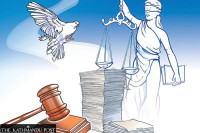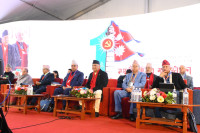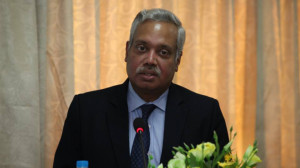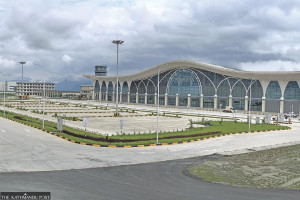National
‘South Asia Satellite launching on May 5’
Indian Prime Minister Narendra Modi said on Sunday that a South Asia Satellite will be launched on May 5. ISRO, the Indian space agency, has completed all the preparations to launch the satelliete.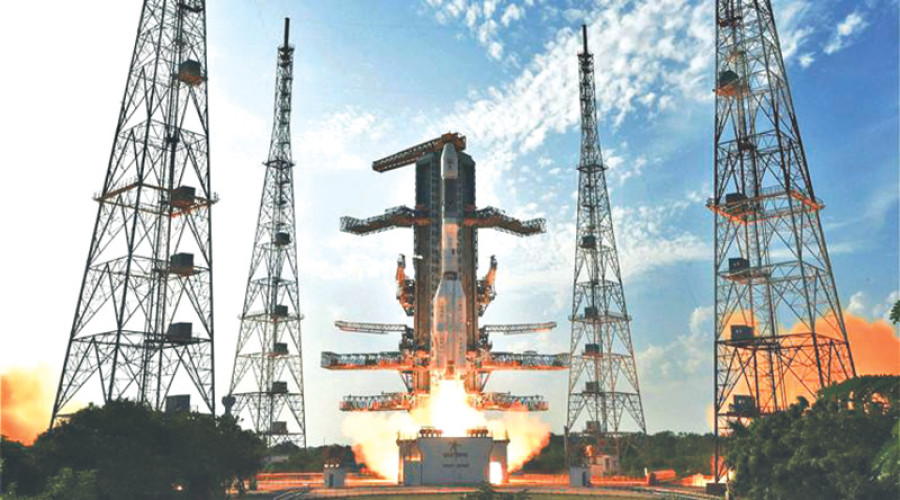
Kamal Dev Bhattarai
Indian Prime Minister Narendra Modi said on Sunday that a South Asia Satellite will be launched on May 5. ISRO, the Indian space agency, has completed all the preparations to launch the satelliete.
The Indian PM made such a remark in his monthly radio programme ‘Mann Ki Baat’ broadcast on Sunday afternoon. “South Asia Satellite is a priceless gift to its neighbouring countries,” he said.
Modi said that his slogan ‘Sabka Sath Sabka Vikas’ is not only applicable within the country but also to the neighbouring countries.
He has been saying publicly that India wants to take its neighbour together in its efforts to economic development and prosperity.
Seven out of eight members of Saarc—with the exception of Pakistan—have already given their assent to join the project initiated by India.
“The concept of Sabka Sath, Sabka Vikas is not confined within India, it is relevant in the world too, it is more relevant in our neighborhood,” Modi said on the monthly radio programme.
Modi added that it would set an example of the Indian government in the development South Asia.
The Indian prime minister had promised it at the 18th Saarc Summit held in Kathmandu in November 2014.
All you need to know about SAS
- Weighing a massive 2,230kg, it took three years and $70 million to build this communication satellite
- Neighbouring countries can exploit it for various telecommunication and broadcast purposes. It can be used for telemedicine, tele-education, disaster management help and support, direct to home etc. The satellite will also help in natural resource mapping.
- The satellite’s coverage area will extend to the entire South Asia. Though partner countries will have the task of developing their own infrastructure on the ground, India has expressed willingness to help
- The mission life of the satellite is estimated to be around 12 years




 7.12°C Kathmandu
7.12°C Kathmandu
